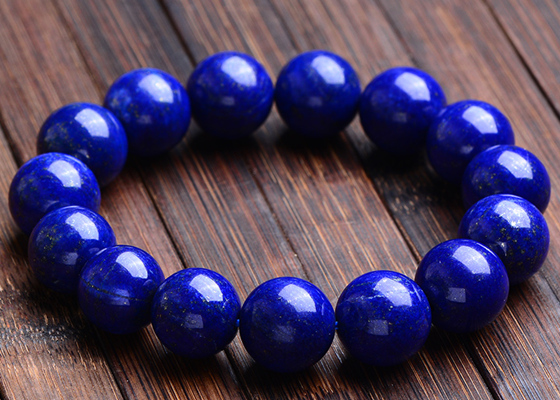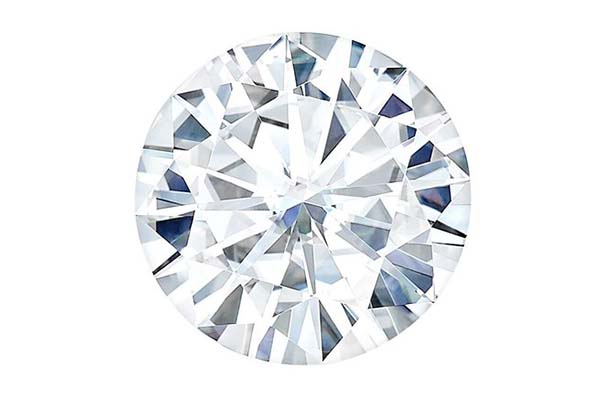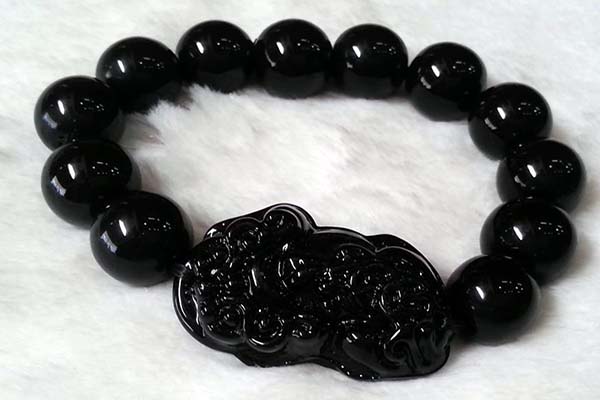Jewelry has always been a significant part of Philippine culture, and traditional jewelry has been passed down from generation to generation. These pieces of jewelry are not just for adornment; they carry meaning and symbolism that reflect the rich culture and history of the Philippines. In this article, we will explore the different types of traditional jewelry in the Philippines, their meanings, and how they are made.
Historical Background of Philippine Jewelry
The history of Philippine jewelry can be traced back to the pre-colonial era. The indigenous people of the Philippines, such as the Tagalog, Ilocano, and Visayan tribes, created jewelry using materials such as gold, silver, shells, and stones. These pieces were usually worn by the elite and were symbols of wealth and power.
During the Spanish colonization era, the Philippines became a hub for the global trade of precious metals and gemstones. The Spanish introduced European jewelry-making techniques, and Filipinos began creating jewelry using the filigree technique, which involved twisting thin wires of gold and silver into intricate patterns.
The American colonization era brought with it a new wave of jewelry-making techniques, such as machine-made jewelry, and the use of non-traditional materials like plastic and glass beads.
After World War II, traditional jewelry-making experienced a revival as Filipinos sought to preserve their cultural heritage.
Types of Traditional Jewelry in the Philippines
Gold Jewelry
Gold jewelry is highly valued in the Philippines and is often passed down from generation to generation. The designs of traditional gold jewelry are intricate and are usually made using the filigree technique.
Bangles
Bangles are circular bracelets worn around the wrist. They are usually made of gold and are often embellished with diamonds, pearls, and other precious stones.
Necklaces
Traditional Philippine necklaces are made using gold chains and pendants. These pendants are often in the shape of flowers, birds, or other animals, and are embellished with precious stones.
Earrings
Earrings are a popular accessory in the Philippines, and traditional Filipino earrings are often made using gold filigree work. They are usually in the shape of flowers or other natural objects and are often adorned with diamonds or other precious stones.
Rings
Traditional Philippine rings are made using gold and are often embellished with diamonds, pearls, or other precious stones. They are often passed down from generation to generation and are considered family heirlooms.
Silver Jewelry
Silver jewelry is also popular in the Philippines, and traditional Filipino silver jewelry is often embellished with intricate patterns.
Belts
Belts are an important accessory in traditional Philippine attire, and traditional Filipino belts are made using silver and are often embellished with intricate patterns.
Bracelets
Traditional Filipino bracelets are usually made using silver chains and are often embellished with intricate patterns. They are often worn by women and are considered an important accessory in traditional Philippine attire.
Necklaces
Traditional Filipino silver necklaces are usually made using silver chains and pendants. These pendants are often in the shape of religious symbols or natural objects and are often adorned with precious stones.
Beaded Jewelry
Beaded jewelry is another popular type of traditional jewelry in the Philippines. Beaded jewelry is often worn during special occasions such as weddings, festivals, and religious ceremonies.
Heirloom Beads
Heirloom beads are beads that have been passed down from generation to generation. They are often made of coral, shell, or stone and are considered family heirlooms.
Trade Beads
Trade beads were introduced to the Philippines during the Spanish colonial era. They are made of glass and were used by the Spanish as a form of currency.
Religious Beads
Religious beads are often used in the Philippines for prayer and meditation. They are often made of wood or other natural materials and are used in Catholic and indigenous spiritual practices.
Symbolism and Meaning of Philippine Traditional Jewelry
Traditional jewelry in the Philippines is more than just adornment; they carry meaning and symbolism that reflect the rich culture and history of the Philippines.
Gold jewelry, for example, represents wealth and power. It is often worn by the elite and is considered a symbol of status.
Silver jewelry, on the other hand, represents purity and is often associated with the Virgin Mary. Traditional Filipino silver jewelry is often embellished with intricate patterns that reflect the rich cultural heritage of the Philippines.
Beaded jewelry often carries religious significance, with certain beads being used for prayer and meditation.
How Traditional Jewelry is Made in the Philippines
Traditional jewelry in the Philippines is often handmade using traditional techniques passed down from generation to generation.
Gold jewelry is made using the filigree technique, which involves twisting thin wires of gold into intricate patterns. Silver jewelry is often made using traditional silversmithing techniques, such as hammering and soldering.
Beaded jewelry is made by stringing beads together using a needle and thread. Heirloom beads are often used in traditional beaded jewelry, and the patterns used are often passed down from generation to generation.
Contemporary Philippine Jewelry
Contemporary Philippine jewelry often incorporates traditional designs and techniques into modern pieces. Many Filipino designers are inspired by the rich cultural heritage of the Philippines and seek to preserve and promote traditional jewelry-making techniques.
However, modernization has also had an impact on traditional jewelry-making in the Philippines. Machine-made jewelry and non-traditional materials like plastic and glass beads have become more prevalent, leading to concerns about the preservation of traditional techniques and materials.
Despite these challenges, traditional jewelry-making in the Philippines continues to thrive, with many Filipinos seeking to preserve their cultural heritage through the creation and preservation of traditional jewelry.
Conclusion
Traditional jewelry in the Philippines is a reflection of the rich cultural heritage of the country. From gold and silver jewelry to beaded jewelry, these pieces carry meaning and symbolism that reflect the values and beliefs of the Filipino people.
While traditional jewelry-making techniques face challenges from modernization, many Filipinos continue to seek to preserve and promote these techniques to ensure that the cultural heritage of the Philippines is preserved for future generations.







